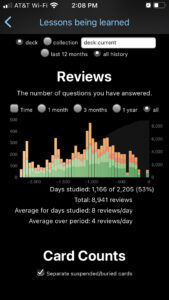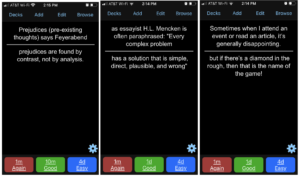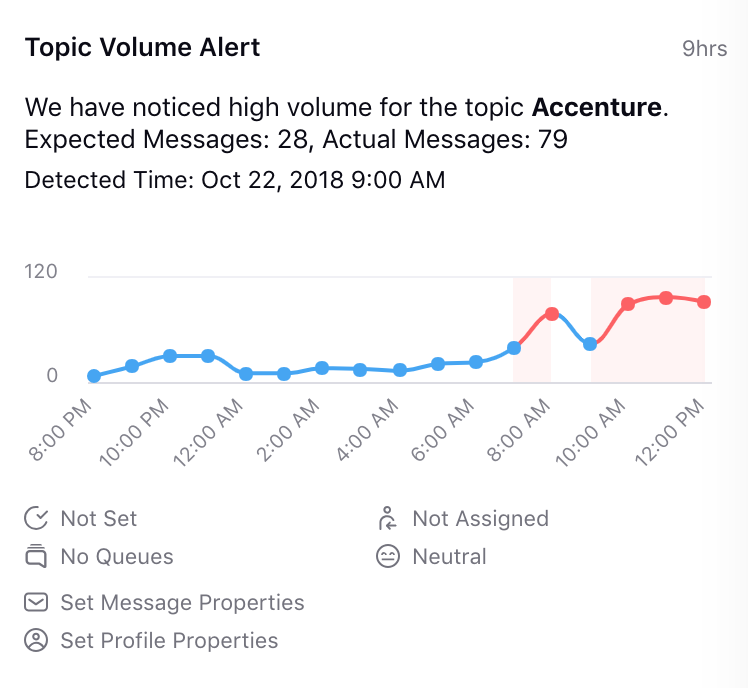I am always struggling with the relationship between aspirations and capacity, something I’ve really only grown aware of in recent years. In part by blowing far beyond even my substantial capacity for too long with some family crises, and in part by reading the really smart book On Grand Strategy, which is largely focused on the singular point that aspirations must not exceed capacity.
One of the ways I try to get more done inside the time, space, and energy I do have is to try to spend 5 minutes doing a lot of things. Can I do that thing in five minutes? Could a five minute version of that thing be good enough? Very often the answer is yes.
I also turn it around and imagine my future self saying to my present self, “you couldn’t even spend 5 minutes on that??” I don’t want that to happen.
One of the most productive things I do almost every day is sit and think through a single topic for five minutes, usually with pen and paper. I will also read a book for 5 minutes if that’s all I can do.
You know the GTD advice that if something can be done in 2 minutes, then you should do it right away? I think this is a related concept.
And that’s five minutes of blogging on that.
David Gurteen talks about truncated “Knowledge Cafes” with five minute talks. That reminds me that I learned how much could be done in five minutes when I was in high school and won many speech and debate tournaments in Impromptu Speaking. In that event, you’d be given three philosophical quotes, pick one, take 30 seconds to prep, and then give a 5 minute speech about it. I would apply the perspectives of 3 different interesting thinkers or other people in history to the quote I’d picked, analyzing it from 3 different perspectives. That was probably where I learned too about Symphonic Thinking, Daniel Pink’s term for the ability to generate connections between seemingly disconnected things.
And that’s five more minutes. Cheating? Maybe. Now if you’ll excuse me, I’m off to spend 5 minutes thinking through an important life matter.



